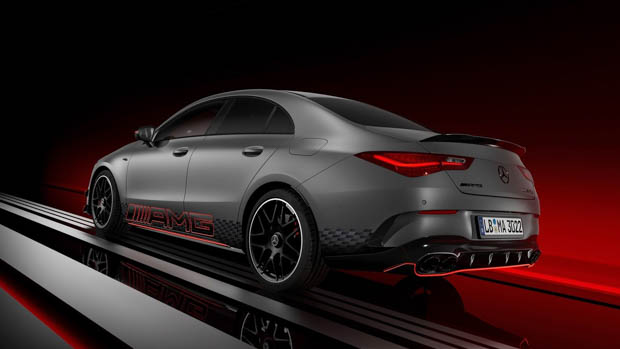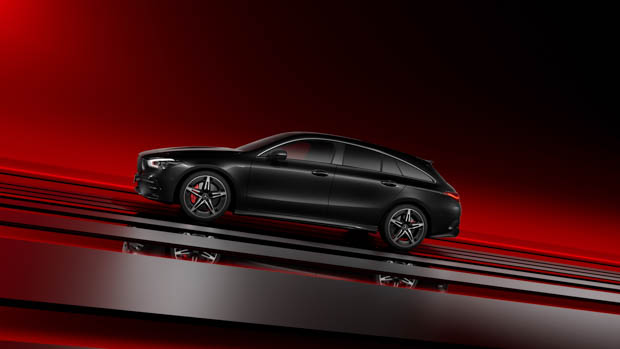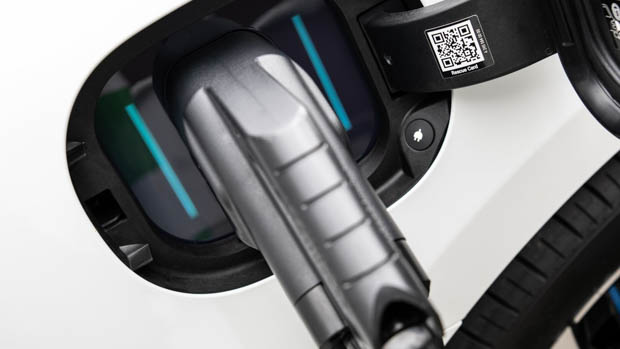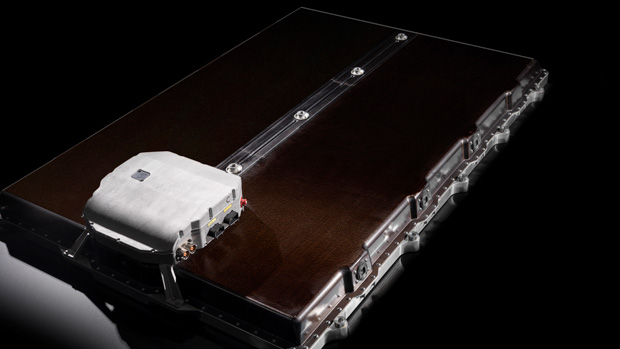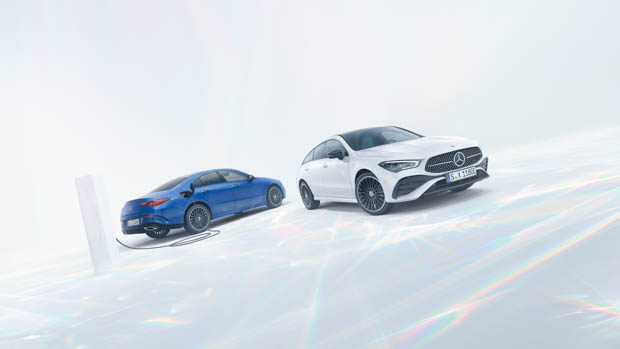-
Car Reviews
- Car News
-
Car Comparisons
Latest comparisons
- Chasing Deals
As part of its ‘Electric First’ strategy, Mercedes-Benz is set to introduce an electric CLA coupe-sedan in the ‘entry luxury’ category
Mercedes-Benz is reportedly set to introduce a fully-electric version of its CLA coupe-sedan around 2025, and the vehicle is very likely to retain its traditional name rather than adopting the company’s electric-orientated EQ badging.
According to a report by Autocar, Mercedes-Benz will also introduce a new silicon-anode battery that could provide a range of up to 850km if a 100kWh battery pack is used for the next-generation CLA.
The future Mercedes-Benz CLA will ride on the MMA (Mercedes Modular Architecture) platform – but it won’t be just for electric underpinnings.
Combustion engines are also set to run on this platform, meaning that we could see the electric CLA as the principal model and flagship, with hybrid petrol versions to sit below.
It is understood that Mercedes-Benz will increasingly adopt an ‘EV first’ attitude with new model debuts, preferencing development of the battery-electric version even if combustion or hybrid powertrains will also be offered.
Electric versions of the CLA are very likely to use both single-motor front-wheel drive and dual-motor rear-drive versions. Autocar says that the CLA electric version will use a two-speed transmission and second-generation electric motors.
The news comes as Mercedes-Benz will axe models such as the A-Class hatchback, the longer-wheelbase A-Class sedan and the B-Class as SUVs continue to reign supreme.
However, the CLA is expected to continue in both sedan and Shooting Brake wagon guises, though the latter could be reserved only for Europe. Australian buyers should expect to receive the new third-generation CLA later this decade.
The MMA platform that will sit beneath the next CLA supports 800-volt charging and can charge at speeds of up to 350kW.
While most MMA-based cars will run a lithium-iron phosphate (LFP) battery, flagship long-range CLAs will reportedly use a new silicon-anode battery.
Silicon-anode batteries can improve battery density largely because silicon metals can store more lithium-ions than the equivalent amount of graphite – a material commonly used in the anode of a lithium-ion battery.
The new CLA will also use a silicon-carbide inverter, which could benefit driving range, provide faster charging and lower cost-of-ownership,
According to a study from E-Motec, silicon-carbide inverters also benefit from the ability to operate at higher temperatures, have higher current carrying capabilities and higher switching frequencies.
If pure electric isn’t to your taste, the next CLA will also be offered with a four-cylinder hybrid powertrain that has been co-developed with Geely and will be produced in a new factory in China.
This powertrain will be available in mild-hybrid form with a 48-volt electric system and gearbox-mounted starter motor.
Like many global carmakers, Mercedes-Benz plans to be an all-electric brand by 2030.
Latest news
About Chasing cars
Chasing Cars reviews are 100% independent.
Because we are powered by Budget Direct Insurance, we don’t receive advertising or sales revenue from car manufacturers.
We’re truly independent – giving you Australia’s best car reviews.
